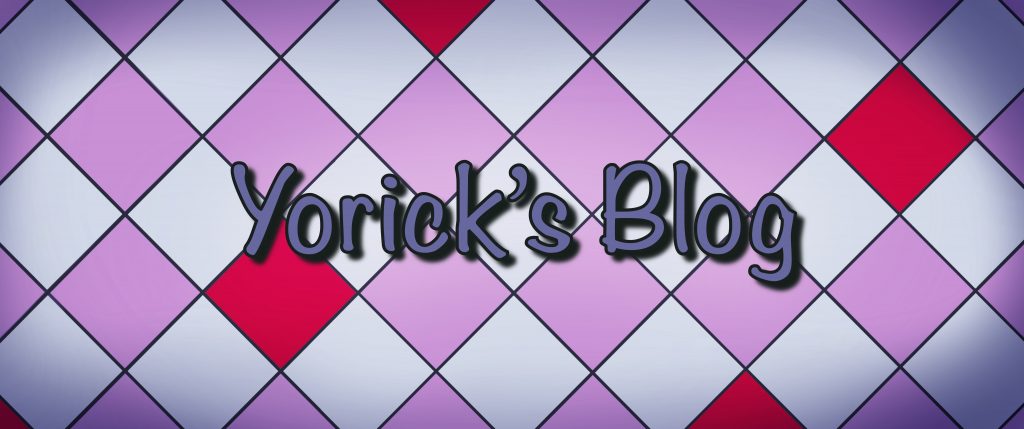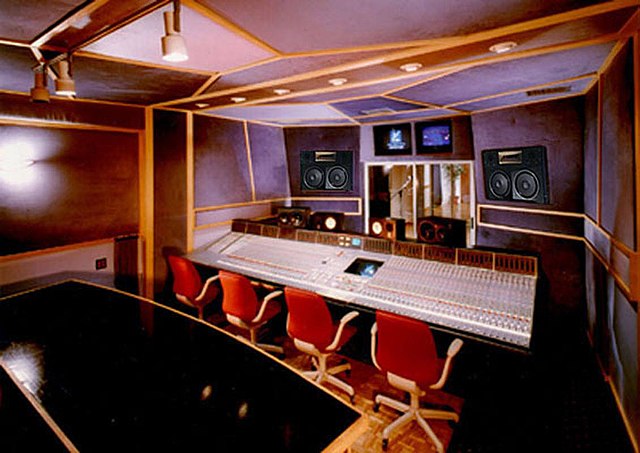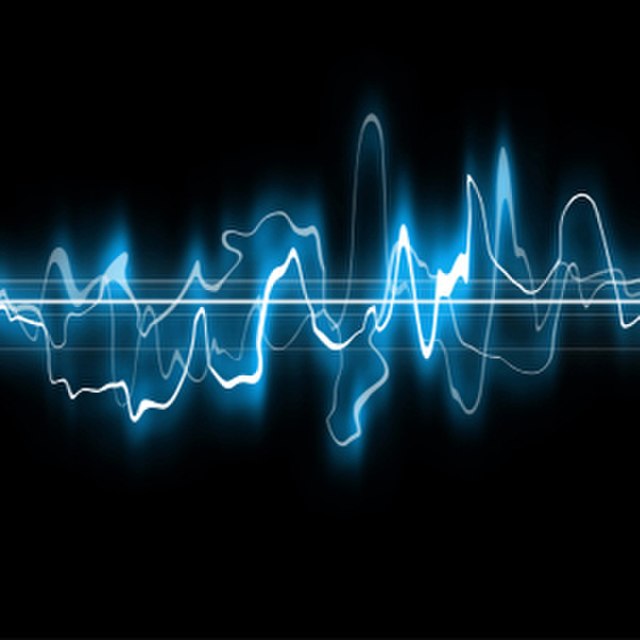
Speak the Speech, I Pray You
Here at Yorick Radio, we adore any form of audio entertainment. From podcasts to radio channels, audiobooks to radio plays, we consume it all with relish. We especially love to see new people coming to the medium with fresh ideas that spark our imaginations. The variety of podcasts and the subjects covered are immense, which means that, for those of you interested in following your own podcasting dreams, the sky’s the limit!
In this blog post, we hear from Rosie, our Chief Jester, all about how to create your own audio set-up and get started on growing your very own podcast.
~*~
The technological barrier can be an intimidating mental hurdle between you and your audio dreams.
I know that it scared me off for more years than it should have. I’m by no means a Luddite, but a healthy dose of imposter syndrome, coupled with not even knowing where to start stopped me from trying to bring my ideas to life.
There are plenty of lists on the internet about the best microphones and interfaces for beginners, but what do you do when you’ve got one? And what if you don’t have the funds to buy a fancy mic, or just want to try out audio as a creative medium to see if you like it before you commit? The good news is that I’ve learned from experience (including lots of mistakes, experiments, and lucky accidents, and all of it on a shoestring budget) and I’m eager to share it with absolutely everyone. So grab your phone, laptop, tablet or ancient tape recorder and let’s get creating!

Making a Set-Up
You could argue that the process of recording has been made accessible to the general population in a way that it never has been before. No longer do you have to be linked to radio broadcast companies, nor do you have to float out on the ocean in a pirate boat, for now you can host shows from the comfort of your own home. There will always be a place for the beautiful and expensive studios with the highest quality mixing console, the perfect acoustics, and a mic for any situation (my inner audio engineer is salivating at the thought!). However, owning or renting a studio like that is prohibitively expensive. Luckily, the march of technology has given many more people access to the basic tools we need to create a podcast. If you are reading this, then you probably have the technology to record. You don’t need top of the line equipment or a lot of money. A mobile phone or computer mic is all you need to begin with and you can make a good recording space in your house using lots of blankets and soft furnishings.
I’ll start with advice given to me by my first instructor, Donald: Record in your bedroom! I’m not joking. It’s all because of soundwaves.

The last time you thought of soundwaves might have been when you were in physics class in school, or maybe when you were in a big echoey space like a cave, a religious building, or an abandoned mansion that you, your three friends and your dog were investigating (totally not based on real experience). The reason these spaces distort sound is because of a combination of space and lots of flat surfaces that make the sound waves bounce! Well, it’s more accurate to say they reflect, but bouncing is a funnier image.
When recording, most of the time, we want to reduce the echo and create a controlled sound. You can add effects like an echo later, but let’s not run before we can walk. One of the most important things for creating good audio isn’t the quality of your mic, but the space you record in. Some of the common problems that make a recording difficult to listen to include; echoes, distracting background noises, interference, being too loud and peaking the audio or too quiet and inaudible.
So how do you make a recording space that mitigates these problems? Allow me to introduce you to the magic of wardrobes and blankets!
The smaller and more cushiony the space, the better! Clothes, carpets, curtains or soft furniture (like beds) absorb the sound waves. You can even make a blanket fort if you want to relive your childhood. Plenty of professional voice actors record in their wardrobes and closets because it’s genuinely one of the best options for home recording.
So, now that you have your cosy corner, grab your chosen mic. Most phones and tablets come with an audio notes app. Your laptop might already have software like Garage band that you can record into, but if not then an easy and free audio editing software is Audacity. People have made plenty of tutorials for it on Youtube, so if you get stuck you will not have to look far for help.
When you sit down to record there are a few best practices that I recommend:
- Make sure you are in a quiet space where you will not be disturbed. I pop a ‘Recording in Progress’ sign on the door just because it’s fun.
- Keep your mic about two hand lengths away from your face. (Make jazz hands one in front of the other and that should be the right distance.)
- Warm up your voice a little with some tongue twisters or some vocal exercises.
- Once you start to record try not to touch the mic or move around unnecessarily. Background rustling can be very distracting for a listener.
- If you make a mistake, stop speaking, clap loudly once, take a breath, and restart the line. This way, when you’re editing your audio later, you can quickly spot where you made mistakes and cut them out.
- Speak clearly and at a medium pace. If you speak too quickly some listeners might struggle.
You now have some audio. Hooray! Now you need to give it a bit of an edit. Editing can seem intimidating, but I think of it as a jigsaw puzzle. You put all the clips together and make a nice audio picture. (And you get to cut the pieces till they fit which, I’ve been told, is cheating when it’s a real jigsaw.) There are a few free audio editing programmes that you can start with including; Audacity, Garage Band, and Reaper. If you want to jump straight into podcasting, then Anchor’s clip editing feature is a basic and free editing tool.
And those are all the tools you will need, for now. I know it’s a cliche but genuinely, the most important thing is that you have fun! It will come across in what you make. Play, experiment, make mistakes and enjoy the process! Anyone can make brilliant audio projects with enough practice. So go forth and live your sound based dreams. I can’t wait to hear what you make!
